

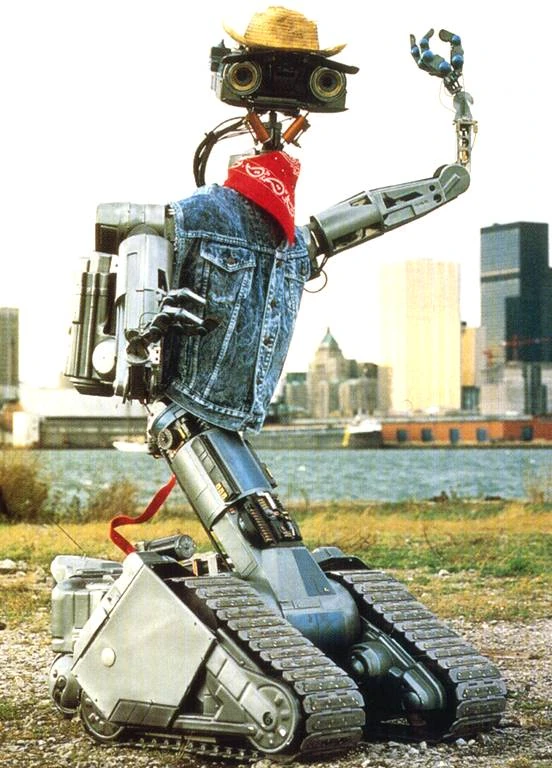
"obsessed" by human-robot relations from early childhood onwards (hello Johny 5!)
Čapek, Asimov, Turing, Cyberpunk ...
since beginning of my academic life I try to transpose main elements of ontogeny of human intelligence into computational domain (Master: Facial expression recognition; PhD: Computational models of language acquisition)
2011 Paper "Central Problem of Roboethics: from defintion towards solution" provides a potential solution to what AI folks label these days as "Alignment problem"
the solution is: To raise machines as we raise our (own) children.
one of the last pieces of puzzles is "peer learning"
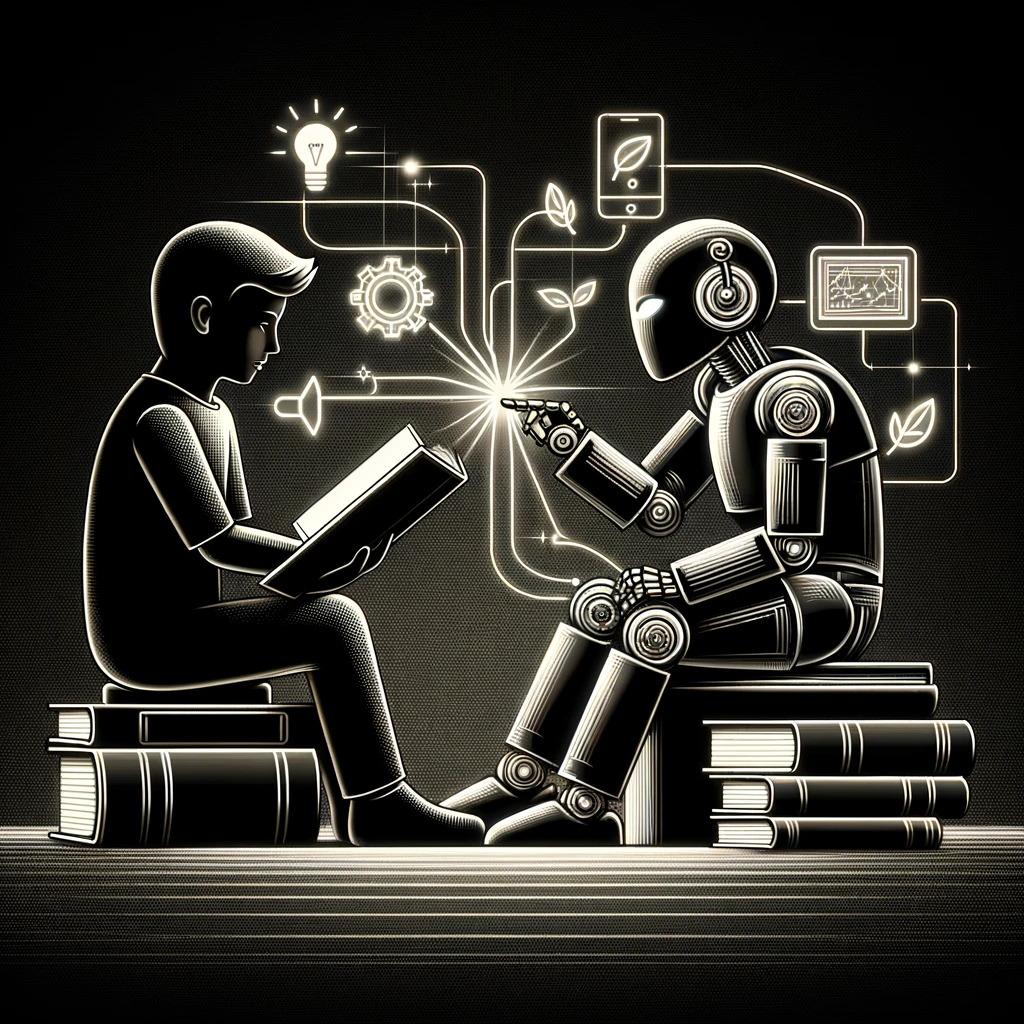
dall-e 3: "illustration on black background of concept human-machine peer learning where machine learns from human and human learns from machine"
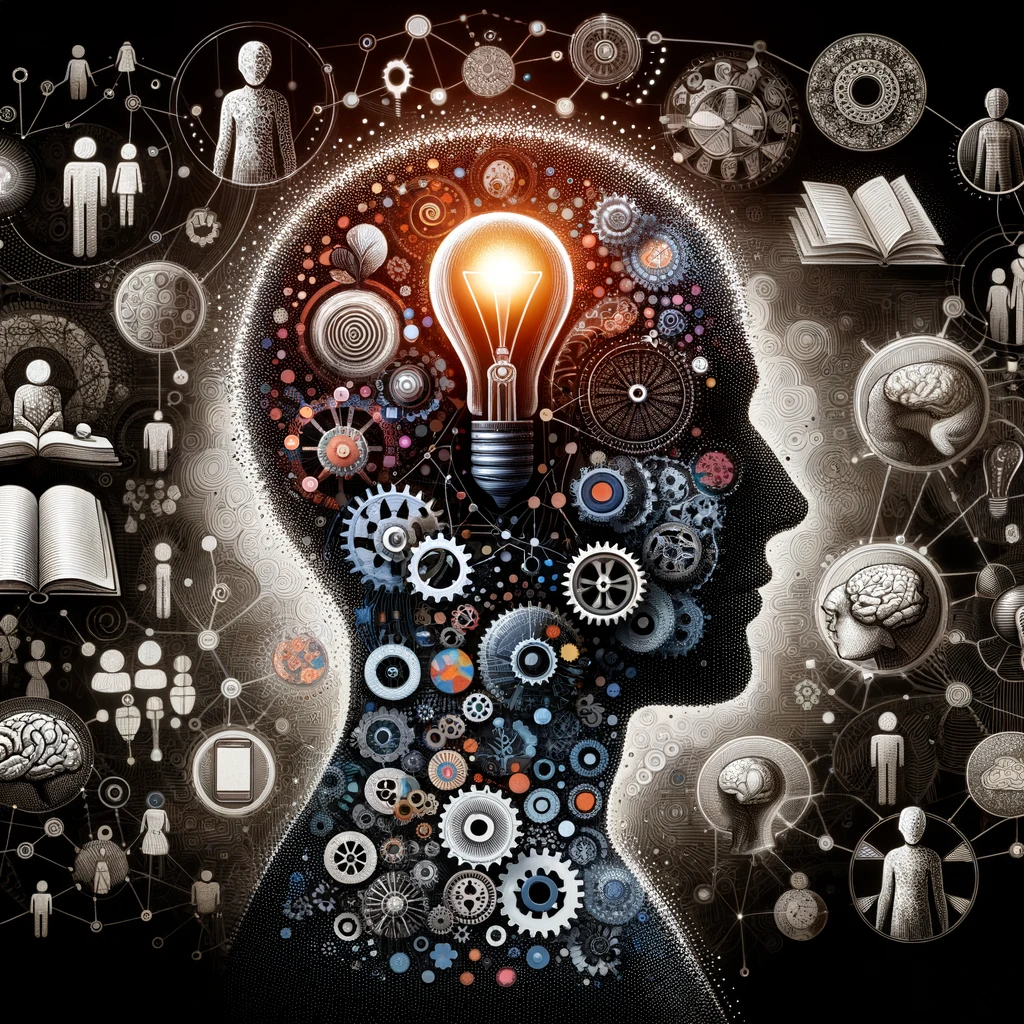
dall-e 3: "illustration on black background of essence of human learning"
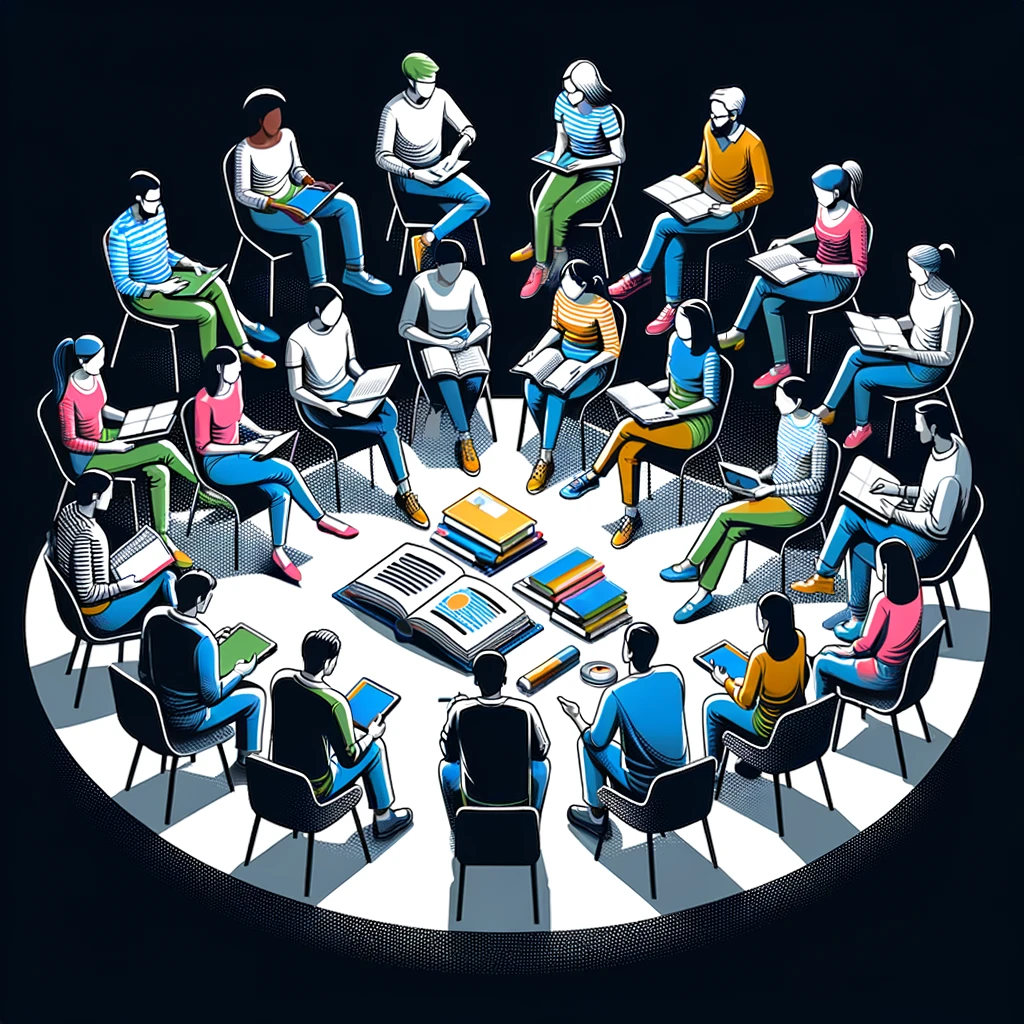
dall-e 3: "illustration on black background of peer learning"
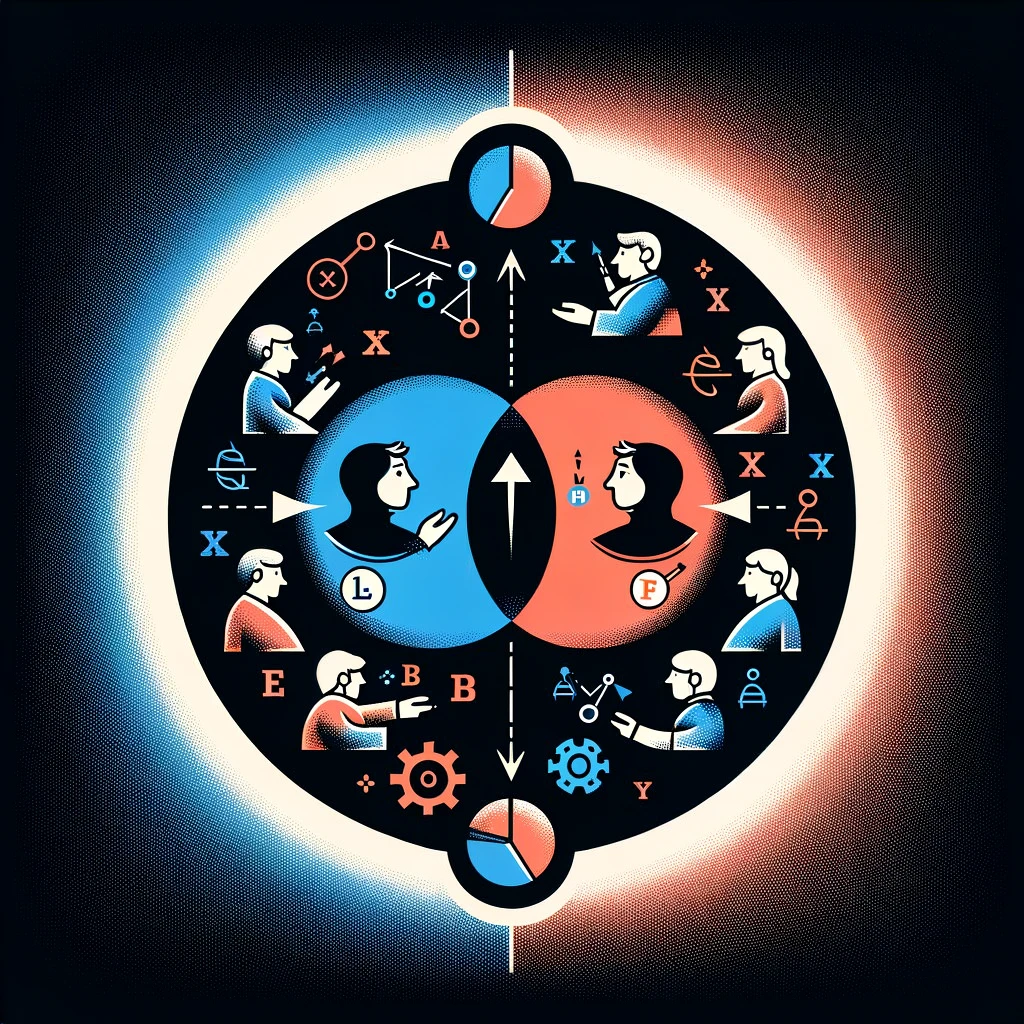
dall-e 3: "illustration on black background of peer learning, person A teaching X to B and B teaching Y to A , A is in the center of the first circle of one color and in periphery of the second circle, B is in the center of the second circle and on the periphery of the first circle"
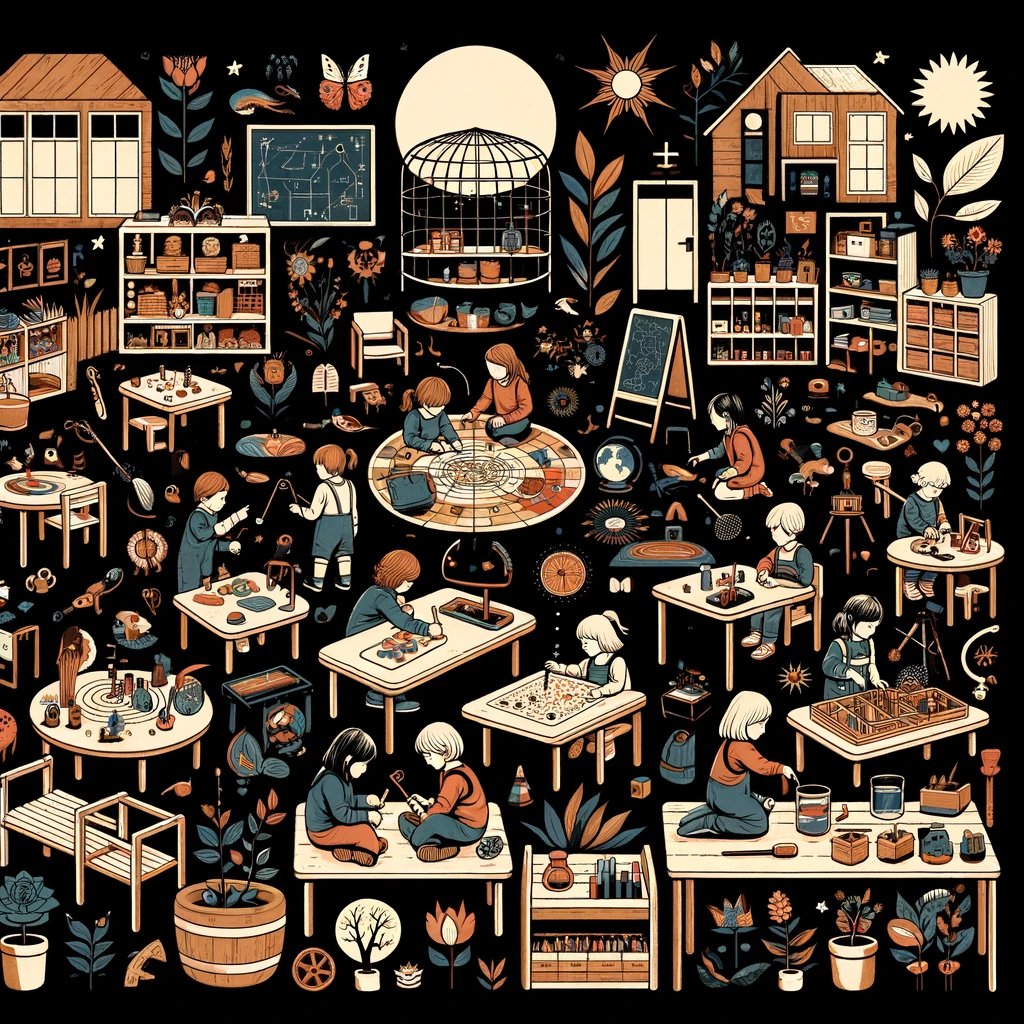
dall-e 3: "illustration on black background of essence of montessori education, no text"
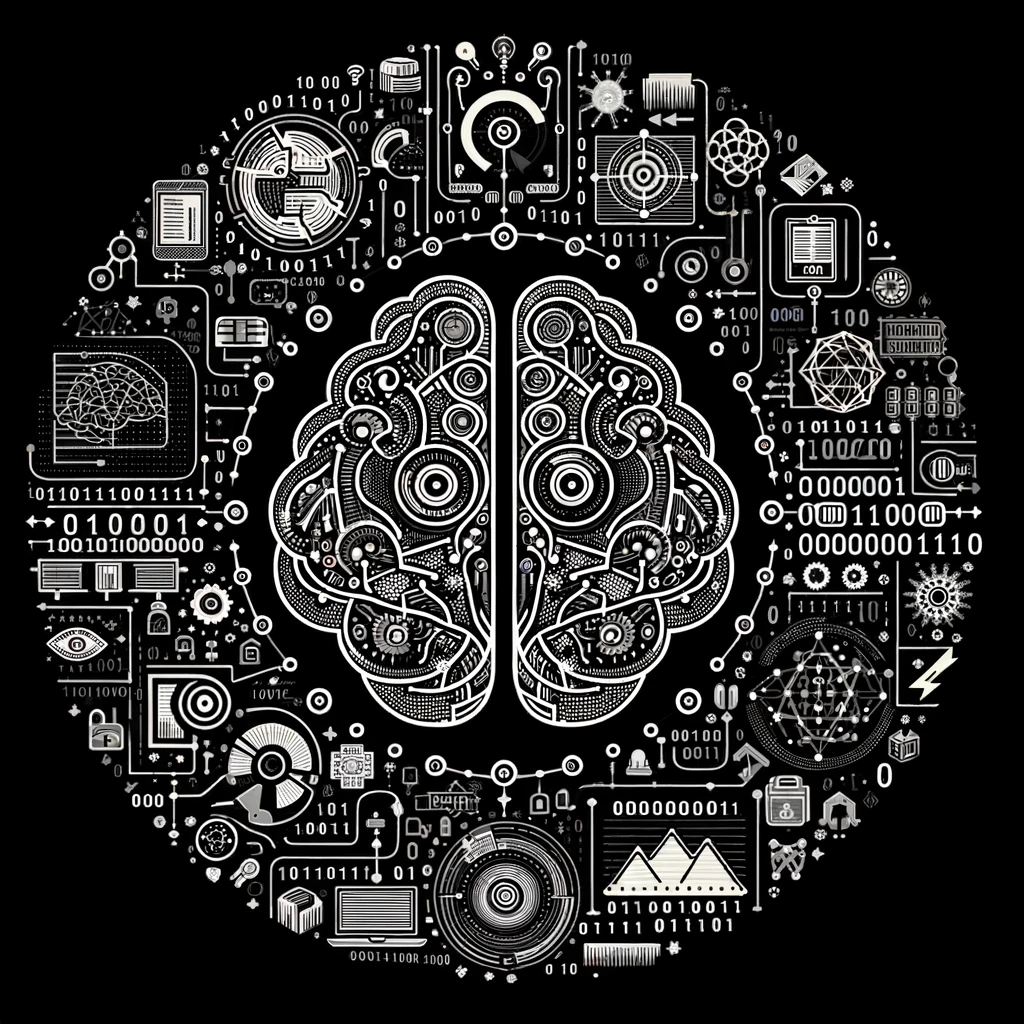
dall-e 3: "illustration on black background of essence of machine learning"
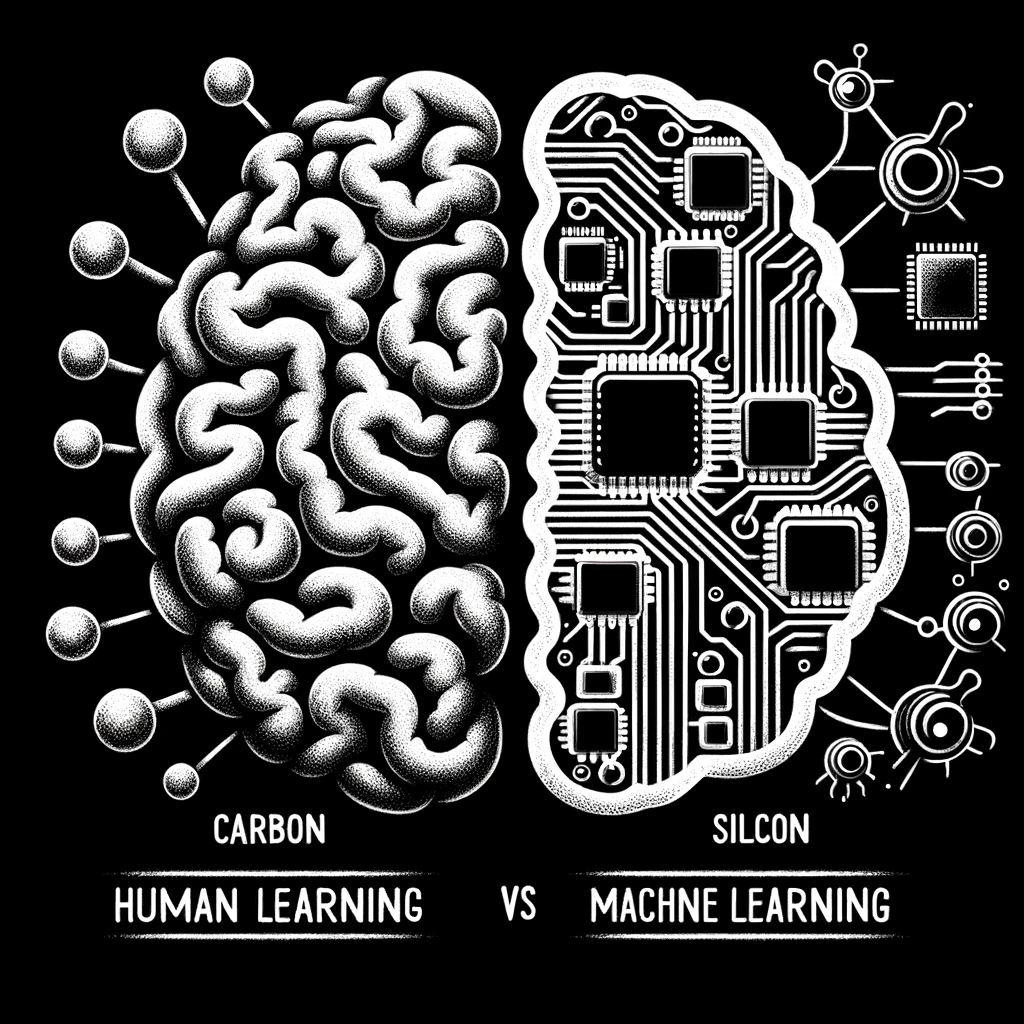
dall-e 3: "illustration on black background elucidating difference between carbon-based process of human/organic learning and silicon-based process of machine learning. do not use light bulbs"
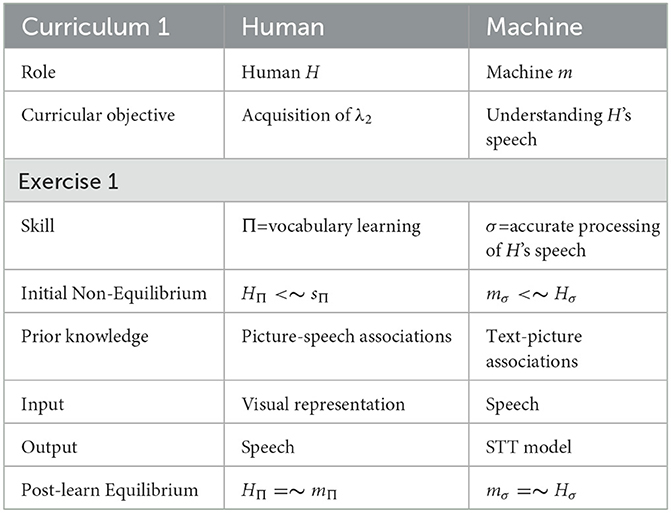
Table 1 from article Hromada & Kim (2023) Frontiers in Education
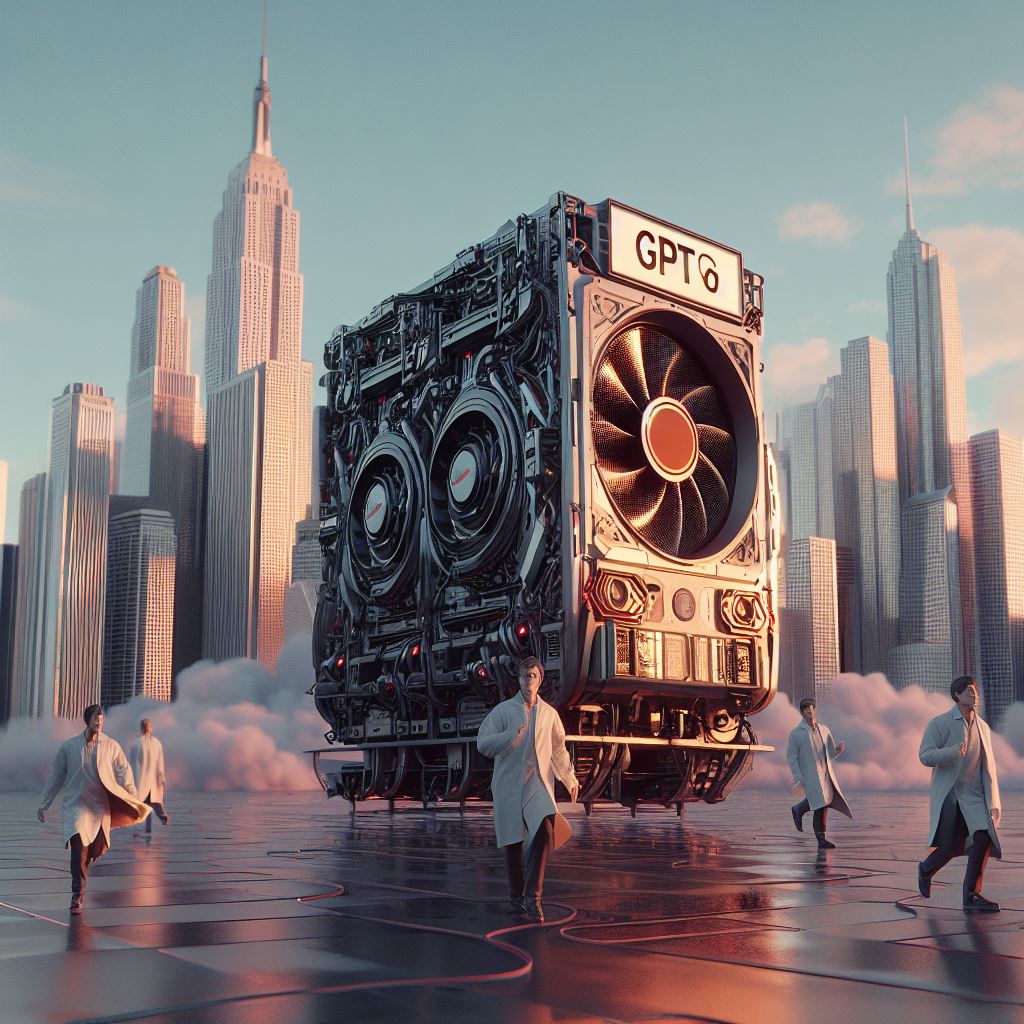
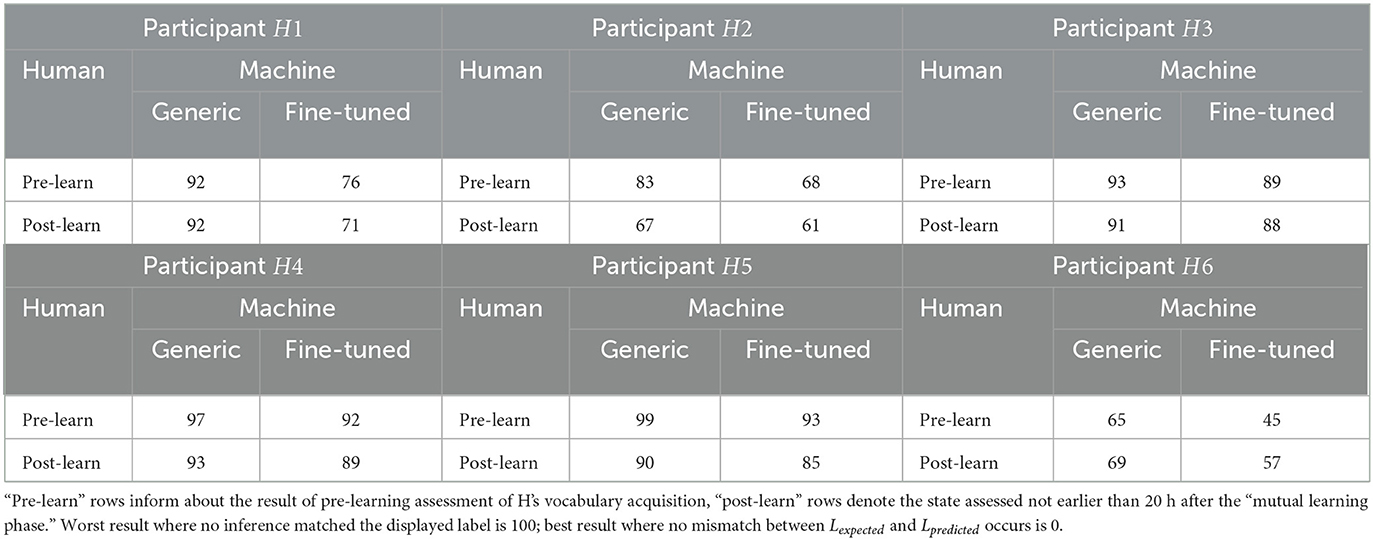
0. Can an entity E be considered a "peer" even if it does not have a physical body ?
1. Can AI ever be a "peer" to a human being or is it a fallacy to believe so ?
2. Should an AI communicate what it is doing (e.g. showing 👂 when listening) or what it expects the human peer to do (e.g. show 👄 when H should speak) ?
3. Can You imagine a competence X which is being simultaneously acquired by a human H and a machine M within the context of their common mutual encounter ?
4. Can You imagine a competence A transmitted from H to M during the same encounter whereby competence B is transferred from M to H ?
5. What other question concerning the human-machine education should also be asked ?